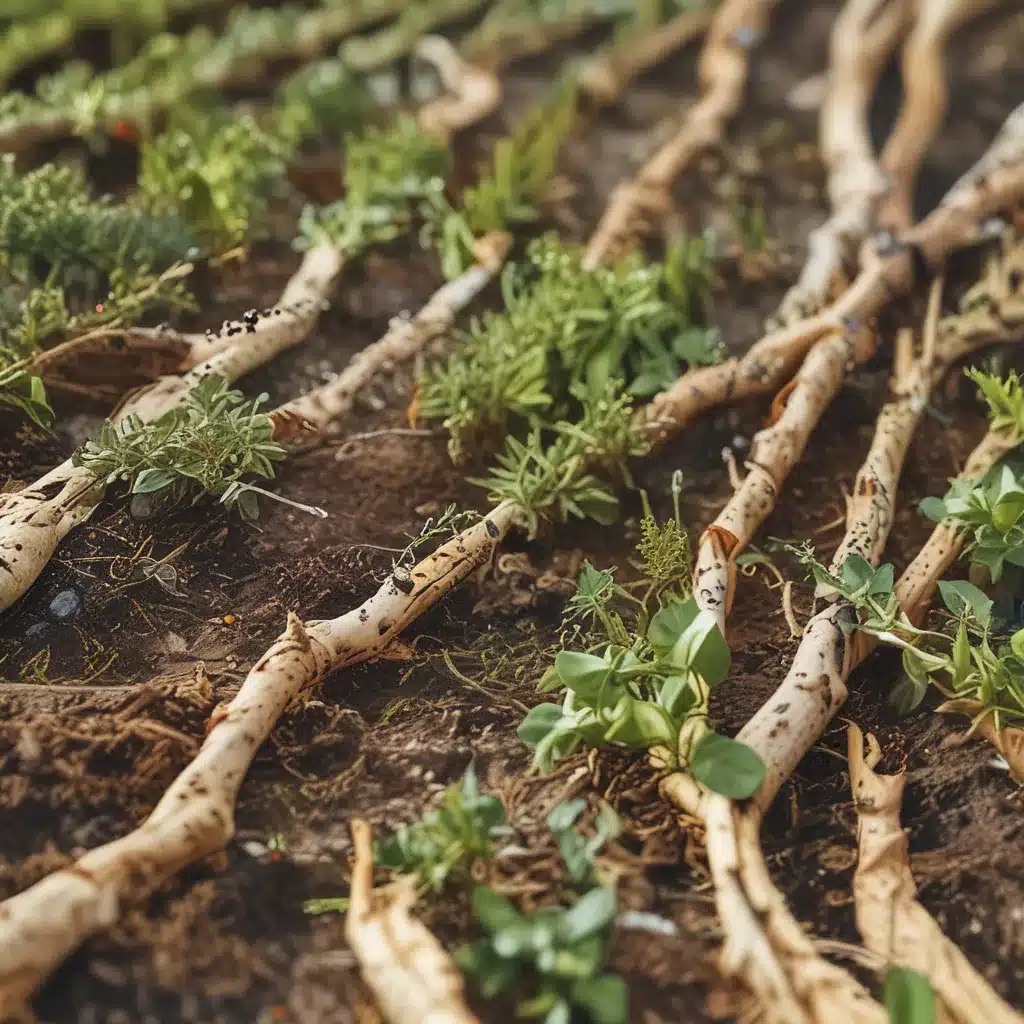
Navigating the Organic Maze: A Tale of Trailblazing
Imagine a symphony orchestra, where each musician plays a distinct instrument, yet together they create a harmonious melody that captivates the audience. Now, picture that same orchestra trying to perform without sheet music – utter chaos! That’s a bit like the world of organic certification, where growers, handlers, and certifying agents must navigate a complex web of regulations to ensure the integrity of organic products.
As the owner of Thorn Apple CSA, I’ve had my fair share of experiences navigating this intricate landscape. It’s been a journey filled with both challenges and triumphs, but through it all, I’ve learned that the key to success lies in understanding the delicate balance between organic certification and local regulations.
The Organic Awakening: A Harmony of Standards
Back in the day, when the organic movement was still in its infancy, the rules were a bit, well, murky. Growers and handlers were left to interpret the guidelines as best they could, resulting in a patchwork of organic practices across the country. But then, the Organic Foods Production Act (OFPA) of 1990 came into play, ushering in a new era of standardization.
The OFPA established the National Organic Program (NOP), which set the stage for a unified approach to organic certification. According to the IPPA report, the NOP “provided a national framework for organic production, handling, and labeling, ensuring consistent standards across the country.”
However, as any skilled conductor will tell you, harmonizing a diverse ensemble requires more than just a set of rules. It also takes a keen understanding of each musician’s unique needs and capabilities. In the case of organic certification, that means navigating the intricate web of local regulations that can vary widely from state to state.
Orchestrating Organic Compliance: Navigating Local Regulations
Imagine a symphony orchestra with musicians from different countries, each with their own unique musical traditions. The conductor would need to find a way to blend these disparate styles into a cohesive performance. That’s precisely the challenge facing organic certifiers today.
As the Federal Register explains, while the NOP provides a national framework, individual states are allowed to create their own organic certification programs, as long as they meet or exceed the NOP’s standards. This means that organic growers and handlers must not only comply with federal regulations but also navigate the unique requirements of their state and local jurisdictions.
For example, in my home state of Vermont, we have the Vermont Organic Farmers (VOF) program, which adds an extra layer of oversight to the NOP’s standards. Growers and handlers must not only obtain NOP certification but also undergo an additional VOF inspection to ensure compliance with state-specific rules.
But the compliance challenges don’t stop there. In some regions, local municipalities may have their own organic regulations that must be taken into account. Imagine the conductor trying to coordinate a symphony with musicians from different countries, each with their own sheet music – that’s the reality facing organic certifiers every day.
Harmonizing Organic and Local: A Delicate Dance
To ensure the success of Thorn Apple CSA, I’ve had to become a master of organic-local harmony. It’s a delicate dance, but one that has ultimately strengthened the integrity of our organic products and fostered a deeper connection with our local community.
One of the key strategies I’ve employed is staying up-to-date on the ever-evolving regulations. As the USTRANSCOM definitions highlight, organic certification is a constantly shifting landscape, with new rules and requirements emerging all the time. By staying informed and adaptable, I’ve been able to quickly pivot and adjust our practices to ensure we’re always in compliance.
But knowledge is only half the battle. The other crucial element is open communication and collaboration with our certifying agent, local regulators, and the broader organic community. By fostering these relationships, I’ve been able to find creative solutions to seemingly insurmountable challenges, such as navigating the nuances of pesticide residue testing or implementing new record-keeping requirements.
The Organic Symphony: Harmonious Growth and Community Connections
Just as a symphony orchestra’s performance is elevated by the seamless collaboration of its musicians, Thorn Apple CSA’s success has been driven by the harmonious integration of organic certification and local regulations. It’s a delicate dance, to be sure, but one that has allowed us to not only maintain the integrity of our organic products but also deepen our connections with the community we serve.
Through our commitment to transparency and our willingness to adapt, we’ve built a loyal following of CSA members who trust the quality and sustainability of our offerings. And by working closely with our certifying agent and local regulators, we’ve been able to ensure that our organic practices are not only compliant but also tailored to the unique needs of our region.
It’s a symphony of sorts – a harmonious blend of federal standards, state-specific requirements, and community-driven values. And at the center of it all is a deep respect for the land, the people, and the principles that have made organic agriculture such a powerful force for change.
So, the next time you bite into a juicy tomato or savor a crisp, organic salad from your local CSA, take a moment to appreciate the intricate dance that goes into bringing that food to your table. It’s a symphony of dedication, collaboration, and a unwavering commitment to the principles of organic agriculture. And at Thorn Apple CSA, we’re proud to be a part of that harmonious melody.



